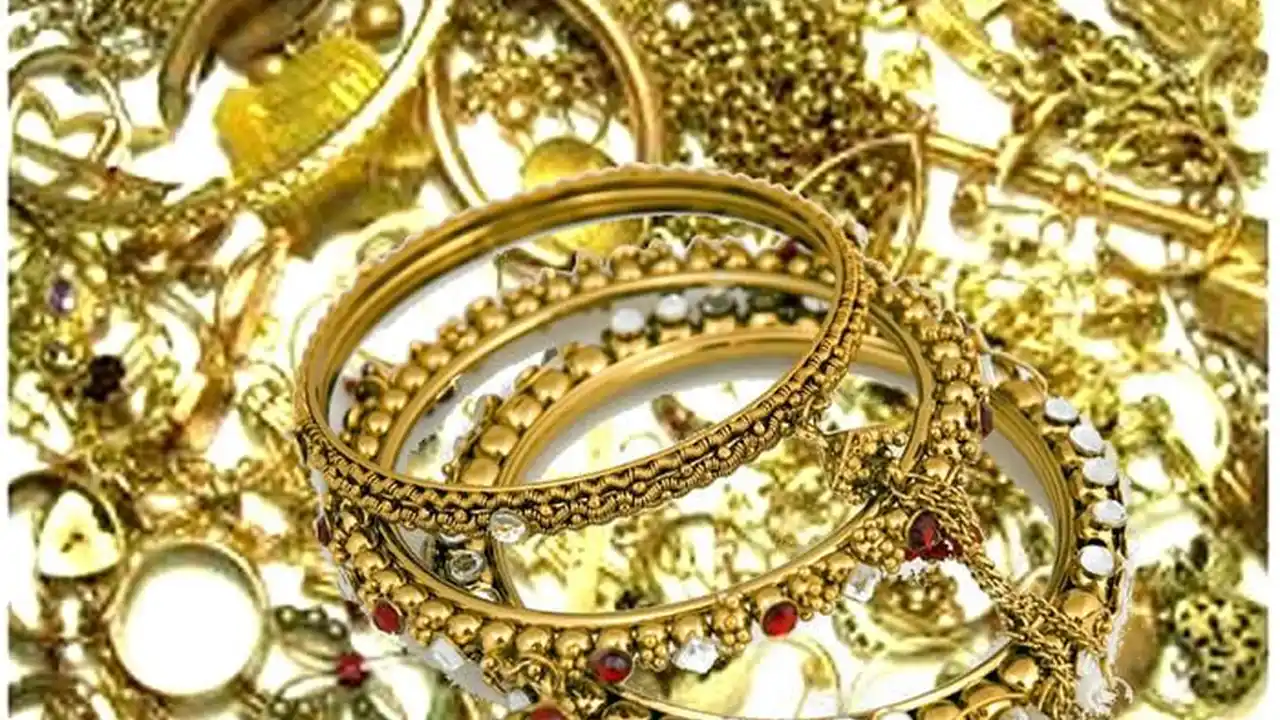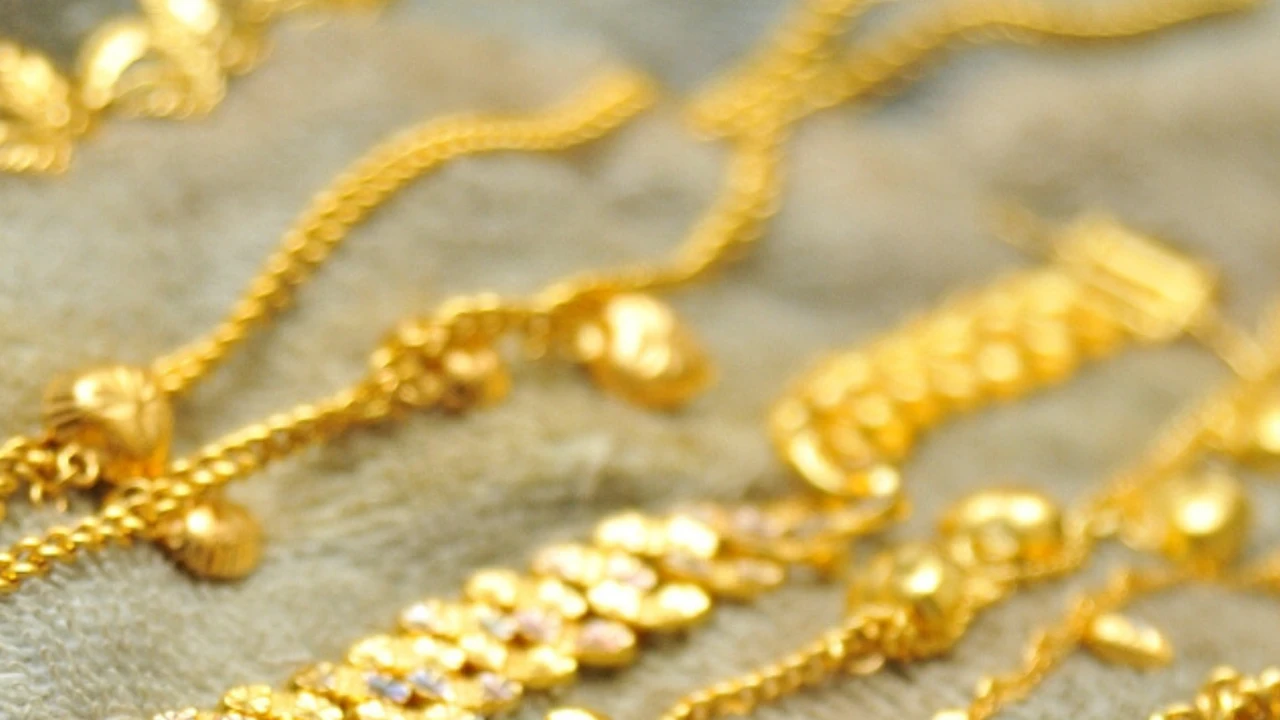Selling Antique Jewelry Maximizing Your Returns
Learn how to sell antique jewelry for the best possible price Understand appraisal, marketing, and sales strategies.

Understanding the Antique Jewelry Market Before You Sell
So, you've got some gorgeous antique jewelry and you're thinking of selling it? Awesome! But before you jump headfirst into the world of estate sales and online auctions, let's get real about the market. Knowing what's hot (and what's not) can seriously impact how much cash you walk away with.
The antique jewelry market is a living, breathing thing. Trends come and go, and what was all the rage last year might be gathering dust this year. Generally, pieces from the Victorian, Art Deco, and Edwardian eras tend to be popular, but even within those categories, there are ebbs and flows.
Think about it like fashion. Remember when shoulder pads were huge? (Okay, maybe you don’t!). The point is, styles change. Right now, for example, there's a big interest in unique gemstones, unusual settings, and pieces that tell a story. Pieces with a documented history, or those made by a well-known designer, will always command a premium.
Also, consider the current economic climate. When the economy is booming, people are more likely to splurge on luxury items. When things are tighter, they might be a bit more cautious. Keep an eye on news reports about the economy and luxury goods to get a sense of the overall market mood.
Getting Your Antique Jewelry Appraised Professional Valuation is Key
Okay, you've got a sense of the market. Now, it's time to find out what your jewelry is actually worth. This is where a professional appraisal comes in. Don't skip this step! It's like trying to sell a house without knowing how many bedrooms it has. You need to know what you're working with.
A qualified appraiser will examine your jewelry, assess its condition, identify its materials, and research its provenance (history). They'll take into account factors like rarity, craftsmanship, historical significance, and current market demand.
Finding the Right Appraiser: Look for an appraiser who specializes in antique jewelry. They should be certified by a reputable organization like the Gemological Institute of America (GIA) or the Appraisers Association of America (AAA). Ask for references and check online reviews. A good appraiser will be transparent about their fees and will provide you with a detailed written appraisal.
What to Expect During the Appraisal: The appraiser will carefully examine your jewelry, often using specialized tools like a jeweler's loupe. They'll look for hallmarks, maker's marks, and other identifying features. They'll also assess the condition of the piece and any repairs that have been made.
Types of Appraisals: There are different types of appraisals depending on your needs. For selling purposes, you'll want a fair market value appraisal. This will give you an estimate of what your jewelry is likely to sell for in the current market.
Preparing Your Antique Jewelry for Sale Presentation Matters
You wouldn't show up to a job interview in your pajamas, would you? The same goes for selling antique jewelry. Presentation is key. You want to make your pieces look their absolute best.
Cleaning and Polishing: Gently clean your jewelry to remove any dirt or grime. Use a soft cloth and mild soap and water. Avoid harsh chemicals or abrasive cleaners, as these can damage delicate materials. For silver, use a silver polishing cloth. For gold, use a gold polishing cloth. If you're unsure about how to clean a particular piece, consult a professional jeweler.
Repairing Minor Damage: If your jewelry has any minor damage, such as a loose clasp or a missing stone, consider having it repaired. Even small repairs can make a big difference in the overall appearance and value of the piece. Again, choose a jeweler who specializes in antique jewelry.
Photography is Crucial: When selling online, photos are everything. Invest in good-quality photos that show your jewelry in its best light. Use a neutral background and natural light. Take photos from multiple angles and close-ups of any interesting details. Be honest about any flaws or imperfections in your photos.
Choosing the Right Sales Channel Reaching Your Target Audience
Okay, your jewelry is sparkling, you know its worth, now where do you sell it? There are a bunch of options, each with its own pros and cons.
Online Marketplaces (eBay, Etsy, Ruby Lane): These are great for reaching a wide audience, but you'll have to deal with listing fees, shipping, and potential returns. Be sure to research the platform's policies and fees before you list your jewelry.
Local Antique Dealers: Selling to a local dealer can be a quick and easy option, but you might not get the highest price. Dealers need to make a profit, so they'll typically offer you less than the retail value of your jewelry. Build a relationship with a reputable dealer for the best experience.
Auction Houses (Christie's, Sotheby's, Local Auctioneers): Auction houses are a good option for high-value pieces, but they charge hefty commissions. They also require you to consign your jewelry for a period of time, which means you won't have access to it during the sale process. Understand the auction house's terms and conditions before consigning your jewelry.
Consignment Shops: Consignment shops are similar to antique dealers, but they typically offer you a higher percentage of the sale price. However, you'll have to wait until your jewelry sells to get paid. Choose a consignment shop that specializes in antique jewelry and has a good reputation.
Negotiating the Price Confidently and Strategically
Someone's interested! Fantastic! Now comes the art of negotiation. Don't be intimidated! With a little preparation, you can confidently negotiate a fair price for your antique jewelry.
Know Your Bottom Line: Before you start negotiating, decide on the lowest price you're willing to accept. This is your bottom line. Don't go below it! Refer back to your appraisal to help determine your bottom line.
Be Patient: Don't rush into a sale. Take your time and consider all offers carefully. A good buyer will understand the value of your jewelry and will be willing to negotiate fairly.
Highlight the Value: Remind the buyer of the unique features, historical significance, and rarity of your jewelry. Emphasize the craftsmanship and the quality of the materials.
Be Prepared to Walk Away: If the buyer isn't willing to offer you a fair price, be prepared to walk away. There are plenty of other buyers out there. Don't be afraid to say no!
Showcasing Examples and Pricing Strategies
Let's look at some examples and how you could approach selling them:
Example 1: Art Deco Diamond and Platinum Ring
- Description: A stunning Art Deco ring featuring a central old European cut diamond, approximately 1.5 carats, set in platinum with intricate filigree detailing and smaller accent diamonds.
- Selling Points: High-demand era, desirable diamond cut, platinum setting, excellent condition.
- Potential Sales Channels: Online marketplace (Ruby Lane, 1stDibs), high-end antique dealer, auction house.
- Pricing Strategy: Based on appraisal, research comparable sales of similar rings. Start with a higher asking price to allow for negotiation. Consider a 'Best Offer' option on online marketplaces.
- Estimated Price: $8,000 - $12,000
Example 2: Victorian Seed Pearl and Gold Locket
- Description: A delicate Victorian locket made of 14k gold, adorned with seed pearls and featuring a compartment for a photograph.
- Selling Points: Romantic Victorian era, sentimental value, good condition for its age.
- Potential Sales Channels: Online marketplace (Etsy, eBay), local antique dealer, consignment shop.
- Pricing Strategy: Research similar lockets on online marketplaces. Price competitively to attract buyers. Highlight the sentimental value and historical significance.
- Estimated Price: $300 - $600
Example 3: Southeast Asian Silver and Jade Bracelet
- Description: An antique silver bracelet from Southeast Asia, featuring carved jade panels depicting traditional motifs.
- Selling Points: Unique cultural significance, intricate craftsmanship, desirable jade material.
- Potential Sales Channels: Online marketplace (eBay, specialized Asian art sites), antique dealer specializing in Asian artifacts, auction house with Asian art sales.
- Pricing Strategy: Research similar bracelets from the region. Consult with an expert on Asian art to determine the value of the jade. Highlight the cultural significance and craftsmanship.
- Estimated Price: $500 - $1,500 (depending on the quality of the jade and the intricacy of the silverwork)
Understanding the Legal Aspects of Selling Antique Jewelry
Don't forget the legal stuff! Selling antique jewelry comes with certain legal obligations. Make sure you're aware of them to avoid any potential problems down the road.
Truth in Advertising: Be honest and accurate in your descriptions of your jewelry. Don't exaggerate its condition or its historical significance. Disclose any flaws or imperfections.
Ownership and Provenance: Be prepared to provide proof of ownership and provenance, especially for high-value pieces. This could include receipts, appraisals, or historical documents.
Sales Tax: You may be required to collect and remit sales tax depending on your location and the buyer's location. Check with your local tax authorities for more information.
International Sales: If you're selling internationally, be aware of customs regulations and import duties. The buyer will be responsible for paying any applicable duties.
Selling antique jewelry can be a rewarding experience. By doing your research, preparing your pieces carefully, and choosing the right sales channel, you can maximize your returns and find a new home for your treasured possessions.
:max_bytes(150000):strip_icc()/277019-baked-pork-chops-with-cream-of-mushroom-soup-DDMFS-beauty-4x3-BG-7505-5762b731cf30447d9cbbbbbf387beafa.jpg)






